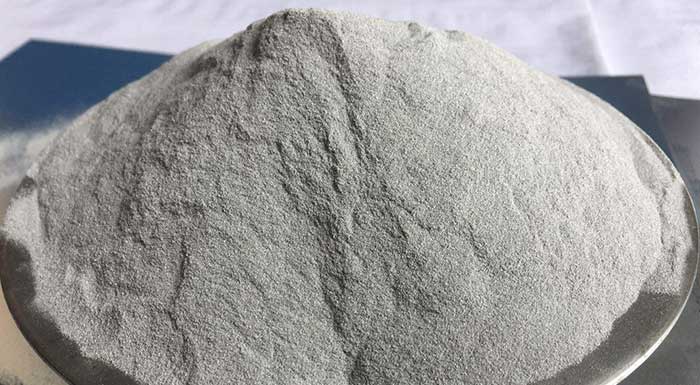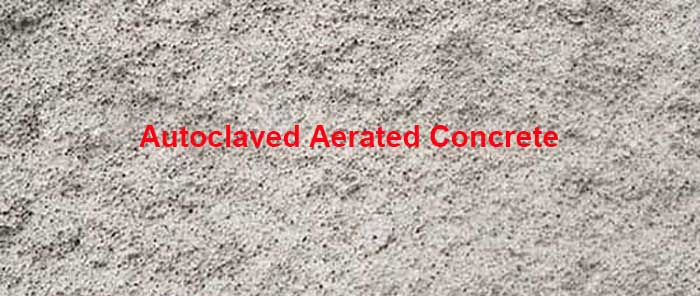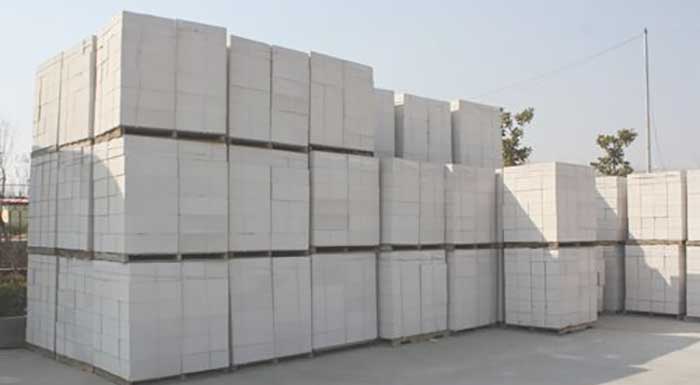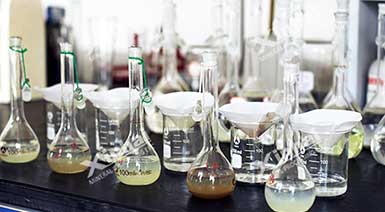What is Gas-Forming Admixtures [Functions & Types]
Gas-forming admixtures is a kind of concrete admixtures which reacting in slurry, releasing gas and forming fine and uniform pore, this makes aerated concrete have porous structure.

Gas-Forming Admixtures Functions
The function of gas-forming admixtures in aerated concrete is to react in slurry, release gas and form fine and uniform pore, so that aerated concrete has porous structure.
The density of basic components of aerated concrete is generally about 1.8-3.1g/cm3, while the volume density of aerated concrete products is usually 500-700 kg/m3, or even lower. Therefore, aerated concrete must have larger porosity.
In general, the volume expansion of slurry is required to be nearly twice or more in the stage of slurry expansion. So it is required that the gas-forming admixtures can provide a large amount of gas which is insoluble or difficult to be soluted in water.
Make gases form spherical bubbles with appropriate size and uniform size in slurry, and keep them stable without deformation and fracture, it is very important to have appropriate foam stabilizer besides the slurry itself with certain temperature and consistency.
We call the material supplying the gas as the Gas-Forming Admixtures and the material stabilizing the bubbles as the Foam Stabilizer.

Gas-Forming Admixtures Types
There are many kinds of Gas-Forming Admixtures, which can be divided into metal and non-metal.
Metal admixtures include aluminium-zinc and magnesium powder or paste, aluminium-zinc alloy and ferrosilicon alloy, etc; Non-metallic materials include hydrogen peroxide and calcium carbide.
 Autoclaved Aerated Concrete [Definition, Types, Benefits, Applications]
Autoclaved Aerated Concrete [Definition, Types, Benefits, Applications] Flotation Machine | Working | Applications | Types | Select
Flotation Machine | Working | Applications | Types | Select How Gold Flotation Plant Work
How Gold Flotation Plant Work Types of Flotation Reagents and Their Function
Types of Flotation Reagents and Their Function

